Description
The guide covers the main topics of trauma-informed care via the theoretical positions of key researchers who have worked in either the field of psychotherapy or disability or both. It brings together these bodies of knowledge so that support staff can identify stages of emotional development and plan interventions for the benefit of the person with intellectual disabilities.
Audience
This guide is designed for self-study by health and social care staff and teams. It is equivalent to level 2 learning and is based on a training course that can be accessed from Frankish Training.
Details
Contents
- Infant Development and Emotional health – the work of Donald Winnicott
- Attachment and the Secure Base – the work of John Bowlby
- Biological birth to Psychological Birth – as described by Margaret Mahler
- Descovering the Unconscious – the work of Sigmund Freud
- The importance of very early development – ideas from Melanie Klein
- Trauma and its impact on relationships – the work of Wilfred Bion
- Linking the present to the past – ideas from David Malan
- Disability issues understood – from Valerie Sinason
- Observations – learning to use the FAIT
- Bringing it all together – designing interventions
ISBN: 9781912755790
Publication date: 28 November 2019
Author
Dr Pat Frankish obtained B.Sc (Hons) in Psychology and B.A (Open) in Humanities and Psychology before undertaking training in teaching children with severe learning difficulties and then a masters in Clinical Psychology. She went on to Doctoral studies and was made a Doctor of Psychology in 2003.She has a wide experience of psychological issues across age groups. She has a specialist interest in early personality development and the consequences of disturbance through traumatic life events.

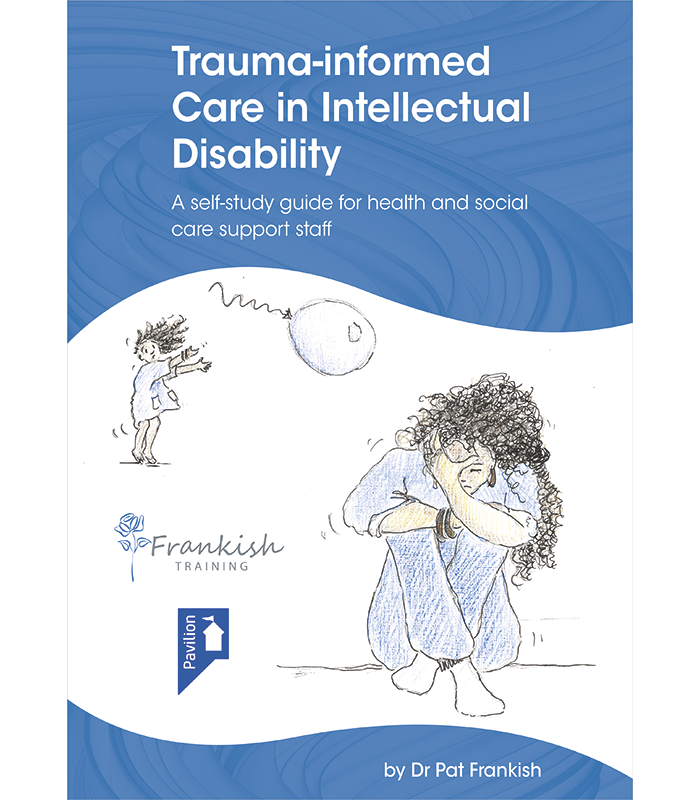
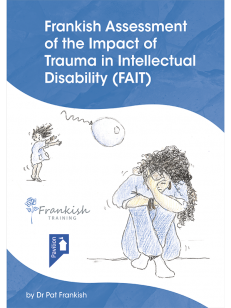
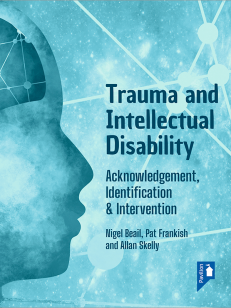
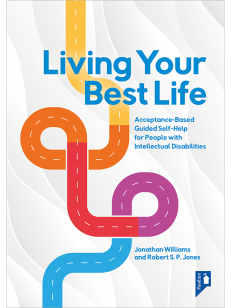
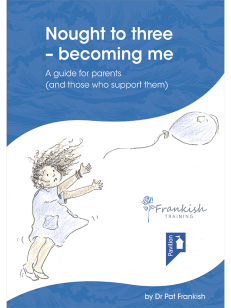
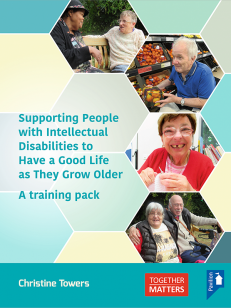
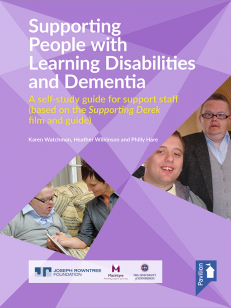
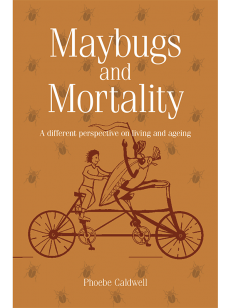

Anna Gillions, Independent PBS Consultant, BILD, International Journal of Positive Behavioural Support, Spring 2020 –
This book is aimed at frontline workers supporting those with intellectual disabilities in health and social care settings, and is described as being at the level of NVQ 2. It is clearly laid out, with logical progression through the chapters, short paragraphs and clear headlines, making it very readable. There are useful ‘stop and think’ boxes, guiding learners to link content to their own experience.
Ultimately, this book provides the underpinning theory of Frankish’s own approach to trauma; this suggests that if someone has been traumatised in their early years, then support staff need to identify the developmental stage at which the trauma occurred in order to identify strategies appropriate to that developmental level. The premise, which is sound, is that many people with intellectual disability experience trauma and can benefit from psychotherapeutic input, and that as such input is a scarce resource there is value in supporting frontline staff to work therapeutically. Frankish is a psychotherapist whose career is described as ‘bringing disability and psychotherapy together’.
The first five chapters review the traditional literature on child development and attachment (Winnicott, Bowlby, Mahler, Freud and Klein respectively), with pointers to the relevance of these for children with disabilities. Chapter 6 looks at the role of the therapist and at therapeutic relationships. Chapter 7 highlights the relevance of therapeutic input for people with disabilities. Chapter 8 introduces the Frankish Assessment of the Impact of Trauma (FAIT) and describes how it can be used to identify the developmental level at which trauma occurred and select appropriate interventions, using Mahler’s stages of development as a basis.
The first word of warning is that if you are expecting a book on current perspectives and practice in trauma-informed care, this is not the book for you. There is no reference to the role of, or rationale for, trauma-informed or trauma-specific services or existing tools to provide guidelines for agencies (Fallot and Harris, 2009), nor of agreed critical factors for recovery from trauma (Bath, 2005). I suspect this is a misunderstanding caused by the title; the book could perhaps be better named ‘Therapeutic Input in Intellectual Disability: A Self-study Guide for Support Staff in Understanding the Frankish Assessment of the Impact of Trauma’.
The second caution is that the book appears to suggest that, having worked through the chapters, learners would be able to correctly apply the FAIT and use it to identify appropriate interventions. Having read the book, I myself would find it very difficult to do so, and I have concerns that some of the statements in the book may lead learners to interpret events in relation to the tool without awareness of other possible interpretations, and without enough information to inform the design of interventions. An example: ‘If Sabine has been assessed as being in the late rapprochement stage, staff may say something like “You know better than that, Sabine – go and sort it out for yourself – take the plate to the sink”.’ The book seems to suggest that any behaviour of concern has its roots in developmental trauma, and should be seen through this lens – indeed it criticises behavioural approaches for not taking this perspective – and that the stage can be identified through a 40-minute observation.
There is one reference to positive behavioural support (PBS), where it is acknowledged that if someone is in the late rapprochement stage (in which they are developing relationships with the outside world and developing confidence, usually at age 2–3.5) they should be able to benefit from PBS. There are also some quite prescriptive directions which do not seem to take account of individual circumstances. The book advocates the careful use of ‘safe rooms’ for managing behaviour, and states that ‘Big cushions can be used to guide the person to the room, to avoid any hands-on trauma. The door needs to be a three-quarters door, with space at top to communicate through’.
Overall, this is a well-structured book outlining Frankish’s own therapeutic approach to trauma in intellectual disability based on child development and attachment theory. It is helpful in drawing attention to the relevance of understanding trauma history and adjusting approaches to take that into account. In trying to make it accessible, it has perhaps been over-simplified leading to some problematic conclusions, and without additional input I do not think it would (or should) enable learners to implement the approach.